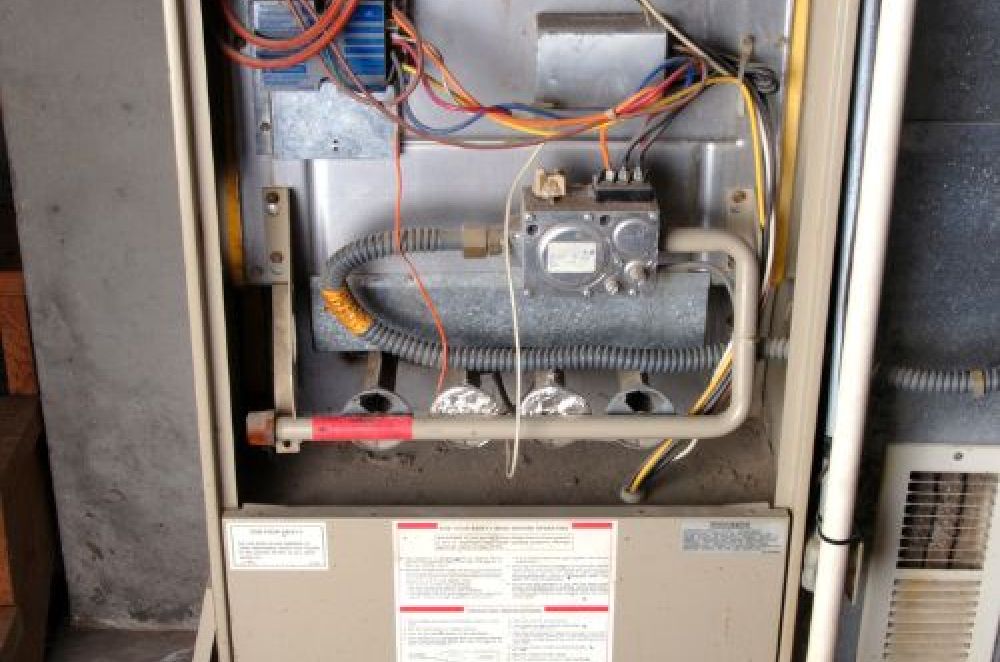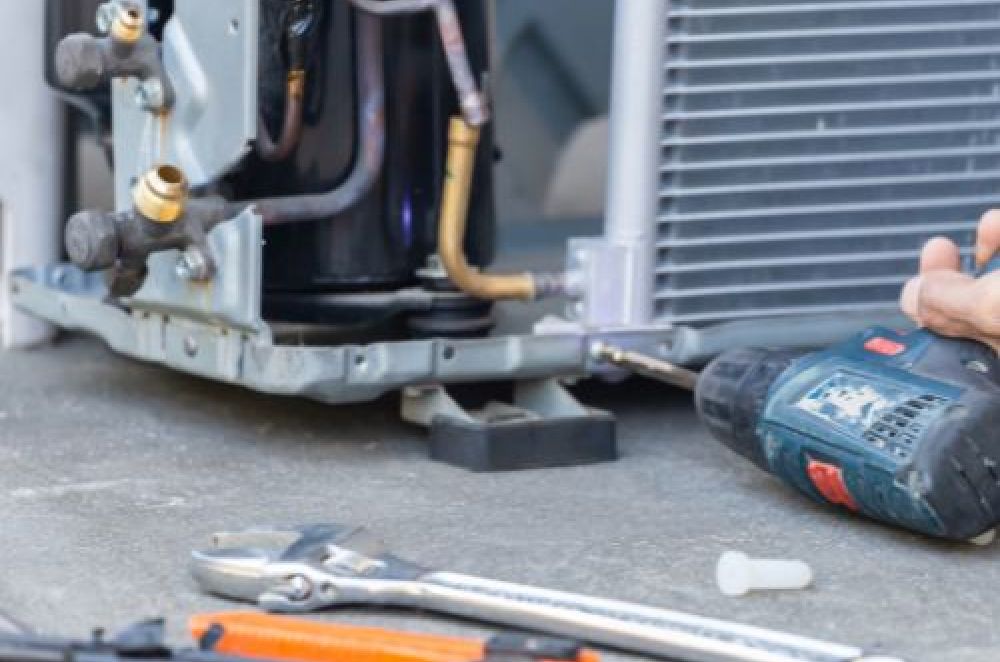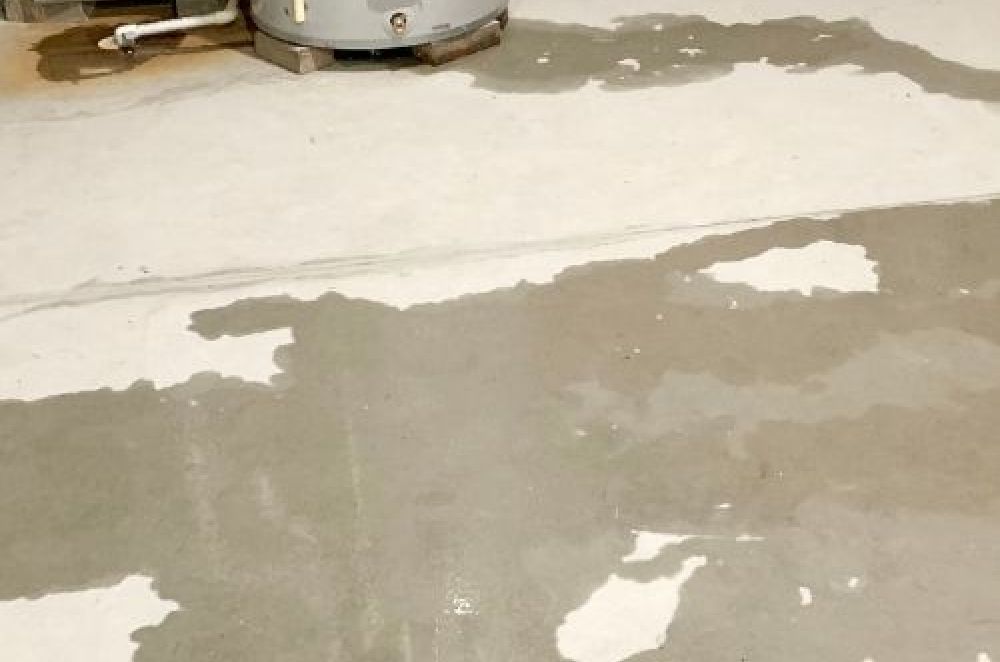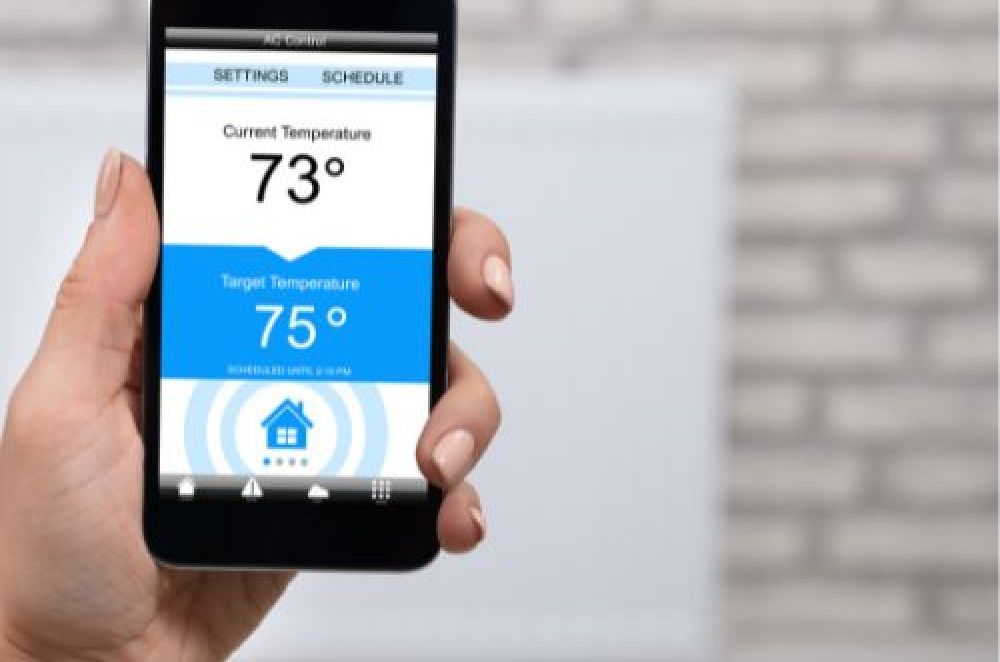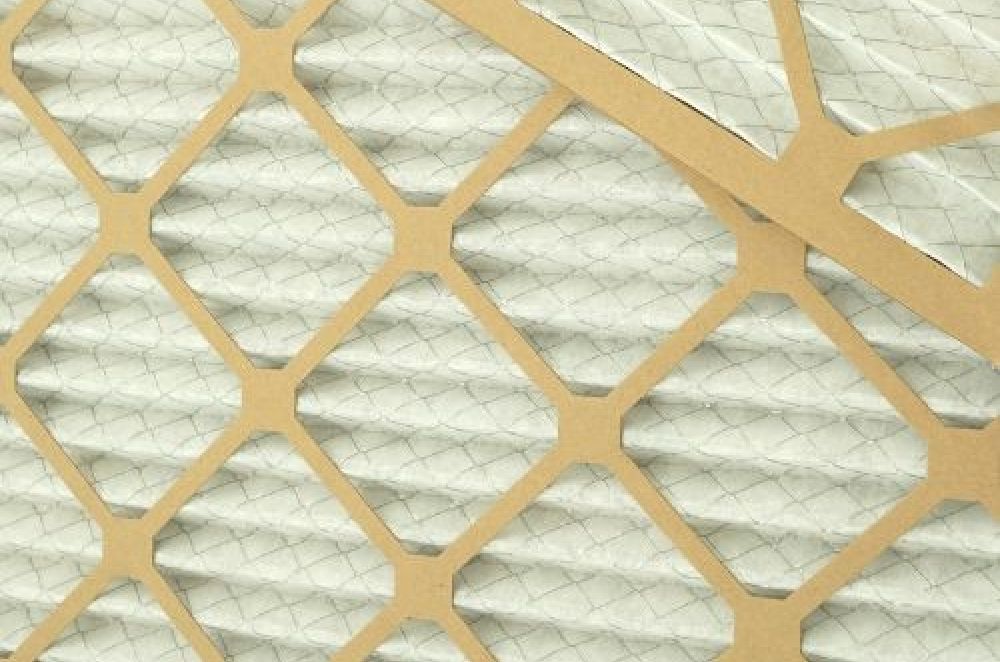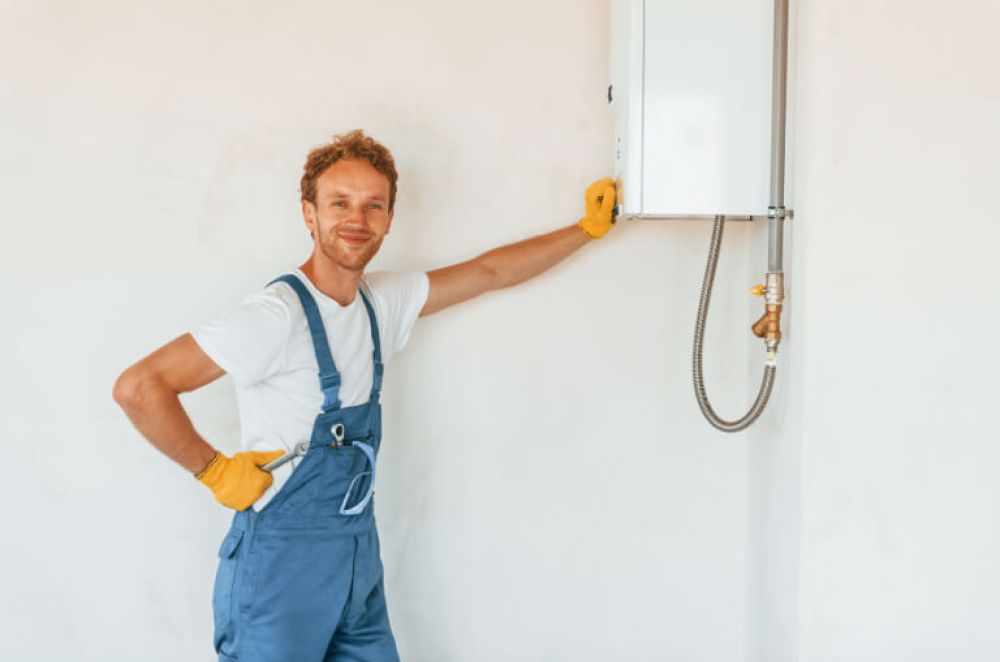Our Plumbing & HVAC Blogs
An informed consumer is a smart consumer, and we’re here to create a library of informative articles for you. Our blogs offer helpful HVAC tips along with other creative home tips, such as how to increase indoor air quality or how to choose the correct size furnace. They also enable you to better understand your home comfort systems so you can detect minor issues before they become bigger problems—and that’s certainly worth your time!


